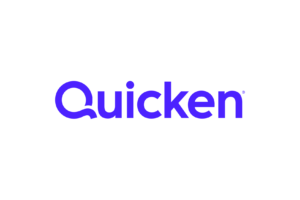Loan Comparison: What to Look for in Your Next Loan
Getting the best loan for your needs means understanding all the terms before signing on the dotted line. This includes knowing the difference between a secured and unsecured loan, as well as how interest rates, fees and loan periods can affect the monthly payment.
Before signing any loan agreement, it’s important to know all of the details, according to David Almonte, a CPA, CGMA based in Providence, Rhode Island and member of the AICPA’s National Financial Literacy Commission. “Be sure to read the fine print and always make sure to double-check the final agreement prior to signing,” he says.
Secured Versus Unsecured Loans
Secured loans involve putting up something of value that you own as collateral for borrowing money. Mortgages and car loans are two common examples of secured loans. If you fall behind on payments, the lender can take the item you put up as collateral. With sufficient collateral, you can usually get a secured loan very quickly at a good interest rate.
Any loan that doesn’t require collateral is an unsecured loan. Lenders usually charge a higher interest rate for unsecured loans because if you miss payments, the lender does not have the legal right to automatically seize your property. However, it can sue you for payment or send the unpaid debt to a collection agency.
Comparing Two Personal Loans
Three important factors to consider when comparing personal loans are interest rates, loan periods and loan fees. For example, let’s say you need a loan for $10,000 and lender A offers you a 6.8 percent interest rate, payable for 10 years. In this case, your monthly loan payment will be $115.08 per month for 120 months.
But lender B offers you a loan for the same amount at 7 percent interest, payable for 5 years with a 0.5 percent loan fee. The fee works out to be $50 on a $10,000 loan, and is added to the total principal. In this case, your monthly payment will be $199.01 for 60 months.
Quickly looking at the numbers, the first loan may seem like the better deal. After all, the interest rate is lower, there is no loan fee, and the payments are nearly half that of the second loan. But when you take a look at the loan periods, you’ll see the appeal of lender B’s offer. With the loan from lender A, you will pay a total of $13,809.66 after 10 years, including $3,809.66 in interest. If you go with the five-year loan from lender B, your total payments will be $11,940.39 with a total interest of only $1,940.39.
How Quicken Can Help
Most lenders give you the ability to pay off a personal loan early without penalties by making additional lump-sum payments, often called balloon payments. If your budget is tight, but you expect to be able to make larger payments in the future, the loan from lender A would be the better choice, provided you paid it off much earlier than 10 years.
Before applying for a loan, use a tool like Quicken Starter Edition to see what your budget can handle and help find ways to increase your loan payments in the future.
Quicken has made the material on this blog available for informational purposes only. Use of this website constitutes agreement to our Terms of Use and Privacy Policy. Quicken does not offer advisory or brokerage services, does not recommend the purchase or sale of any particular securities or other investments, and does not offer tax advice. For any such advice, please consult a professional.


